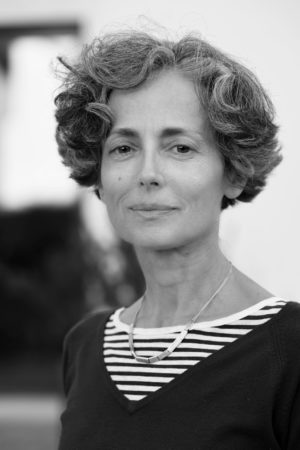Paola Vigano

Prize winner
The Schelling Prize for Architectural Theory 2022 is awarded to Paola Vigano .
Paola Vigano is one of the key voices in the European debate on pressing issues of today’s urban development – questions that she addresses in her theoretical writings , but also gives answers as a practical planner.
As an urban planner, Paola Vigano took part in the major international urban development and restructuring competitions (Grand Paris, Bruxelles 2040, Antwerp, Moscow and Geneva) and decisively shaped them with her ideas – until 2014 together with Bernardo Secchi. As an architect, however, she has also designed a number of outstanding public buildings, squares and conversions of cultural institutions, such as the Theaterplein in Antwerp, realized together with Bernardo Secchi.
As a theoretician, she has been involved with her essays and writings in the discussion of central terms in the European urban debate over the past 25 years – for example in the critical examination of the ‘Città diffusa’. She had a decisive influence on the concept of a ‘porous city’, which has been important over the past ten years, and only recently with the publication on “The Horizontal Metropolis” she gave another impetus for the qualification of public space in a transformed urban landscape.
- Laudation Kaye Geipel ~27 KB | pdf